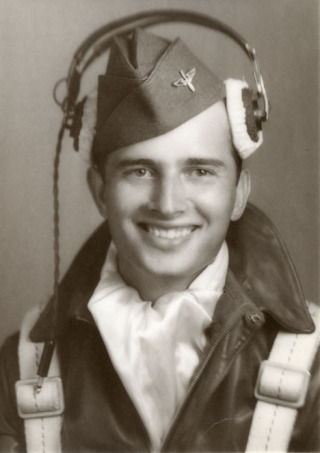Martin V. Stewart’s flying career spanned 60 years, including 36 years in the Air Force and service in three wars: World War II, Korea, and Vietnam.
After retiring to San Juan Island in 1990, Marty Stewart continued to fly actively until just months before his death from cancer in 2005.
As a deacon in the Friday Harbor Presbyterian Church, he regularly flew various pastors to visit hospitalized parishioners, and his Cessna 182 became known as “POB Airlines” (Presbyterians On Board).
Stewart’s career is chronicled in an exhibit to be unveiled Sunday, 4-5:30 p.m., in the San Juan Aviation Museum. The museum is located in the Roy Franklin Terminal at Friday Harbor Airport.
The exhibit opening and reception are open to the public.
The museum was started in 2008 and is sponsored by the San Juan Pilots Association and the Port of Friday Harbor.
The museum records the history of aviation in the San Juan Islands since the early years after World War II, when Roy Franklin established scheduled air service linking San Juan Island with our neighboring islands and the mainland.
Franklin was the first featured pilot at the museum. Beginning Sunday, the museum will feature Stewart for one year.
“We hope that islanders and visitors alike will join us in this celebration of our aviation history,” Port Commissioner Barbara Marrett said.
Among the artifacts on exhibit: photos of B-24s over Europe in 1944; photos from the 1950s of Stewart as a test pilot with the Turbo Test Squadron on aircraft with turbo prop engines; and photos from Stewart’s missions with the 1370th Photo Mapping Geodetic Wing, in the Southwest Pacific in 1966.
“Its mission was to re-map the world,” according to Marrett. “This report lists the precise location of a station on top of Bwema’s Peak in New Guinea with accuracy to about 100 feet.”




